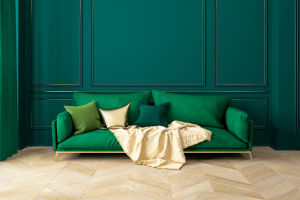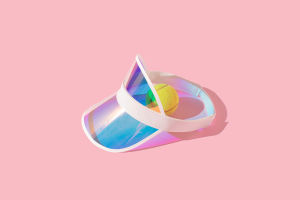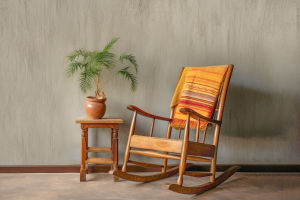When it comes to designing an interior space, the right mix of colors can transform a room from bland to vibrant, from chaotic to harmonious.
Choosing a color palette can be daunting, especially with the vast array of colors available.
However, some tried-and-true combinations ensure a visually appealing and balanced space. Let’s explore the types of 'colorful mixes' that can't go wrong in interior design.
The Classic Monochromatic Scheme
A monochromatic color scheme uses different shades, tones, and tints of a single color. This approach creates a cohesive and sophisticated look. For instance, a room decorated in varying shades of blue can evoke a sense of calm and serenity. By mixing light, medium, and dark shades of the same color, you can add depth and interest without overwhelming the space. Adding texture through fabrics and finishes further enhances the monochromatic scheme, making it dynamic and engaging.
Complementary Colors: The Dynamic Duo
Complementary colors are opposite each other on the color wheel, such as blue and orange or red and green. This combination creates a vibrant and energetic atmosphere. The key to using complementary colors successfully is balance. For example, a living room with a predominantly blue color scheme can be energized with pops of orange in accessories like throw pillows, artwork, or a statement rug. This balance prevents one color from overpowering the other, ensuring a harmonious and lively space.
Analogous Colors: The Harmonious Trio
Analogous color schemes consist of three colors that are next to each other on the color wheel, such as yellow, yellow-green, and green. This combination is naturally pleasing to the eye and creates a serene and comfortable environment. In a bedroom, using analogous colors can result in a restful and soothing space. For instance, soft greens, teals, and blues can be layered through bedding, curtains, and wall colors, creating a cohesive and tranquil retreat.
The Timeless Neutrals with a Twist
Neutrals like white, beige, gray, and black are timeless and versatile, providing a perfect backdrop for any interior space. Adding a twist of color to a neutral palette can make a room more inviting and interesting. For example, a neutral living room can be brought to life with splashes of mustard yellow or teal accents. This approach allows for flexibility, as neutral bases can be easily updated with different colors to reflect changing trends and personal preferences.
The Bold and Beautiful Triadic Scheme
A triadic color scheme uses three colors that are evenly spaced around the color wheel, such as red, blue, and yellow. This combination offers a high-contrast, vibrant look while maintaining harmony. In a dining room, a triadic scheme can be particularly striking. Imagine a space with a rich red wall, blue upholstered chairs, and yellow accents through tableware and artwork. This bold approach ensures each color stands out while contributing to a cohesive overall design.
Earthy Tones: Nature’s Palette
Earthy tones, inspired by nature, create a warm and inviting atmosphere. Colors like terracotta, olive green, and rich browns bring the outdoors inside, making a space feel grounded and cozy. An earthy color palette works particularly well in living rooms and kitchens, where comfort and warmth are essential. Combining these tones with natural materials like wood and stone further enhances the organic feel, creating a timeless and welcoming interior.
Pastel Perfection
Pastel colors, such as soft pinks, blues, and lavenders, are perfect for creating a light, airy, and cheerful space. These colors work well in any room but are particularly effective in nurseries, bedrooms, and bathrooms. A pastel color scheme can be paired with white or light gray to keep the look fresh and modern. Adding metallic accents like gold or silver can elevate the space, giving it a touch of elegance and sophistication.
Black and White: The Ultimate Contrast
A black and white color scheme is classic and timeless, offering the ultimate contrast. This combination can be both dramatic and sophisticated, creating a striking visual impact. In a modern kitchen, sleek black cabinets paired with white countertops and backsplashes create a clean and contemporary look. Adding elements of texture, such as a patterned black and white floor or a marble countertop, adds interest and depth to the space.
Creating a 'colorful mix' in interior design doesn't have to be daunting. By understanding and applying these tried-and-true color combinations, you can create a space that is visually appealing, balanced, and reflective of your personal style. Whether you opt for a monochromatic scheme, complementary colors, or a bold triadic palette, the key is to find the right balance and harmony that suits your space and personality. With these guidelines, you can confidently experiment with color and transform your interiors into beautiful and inviting spaces.


